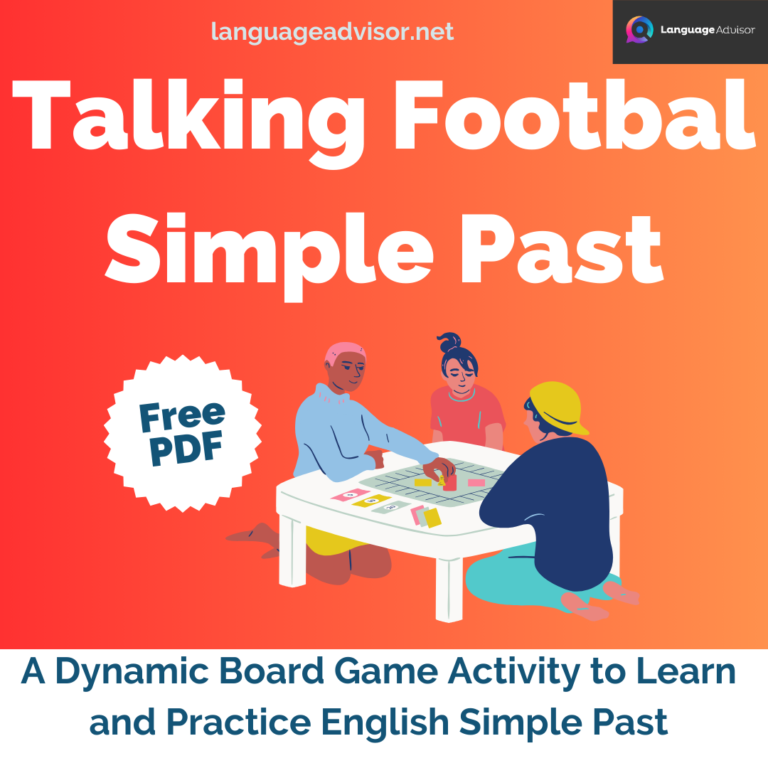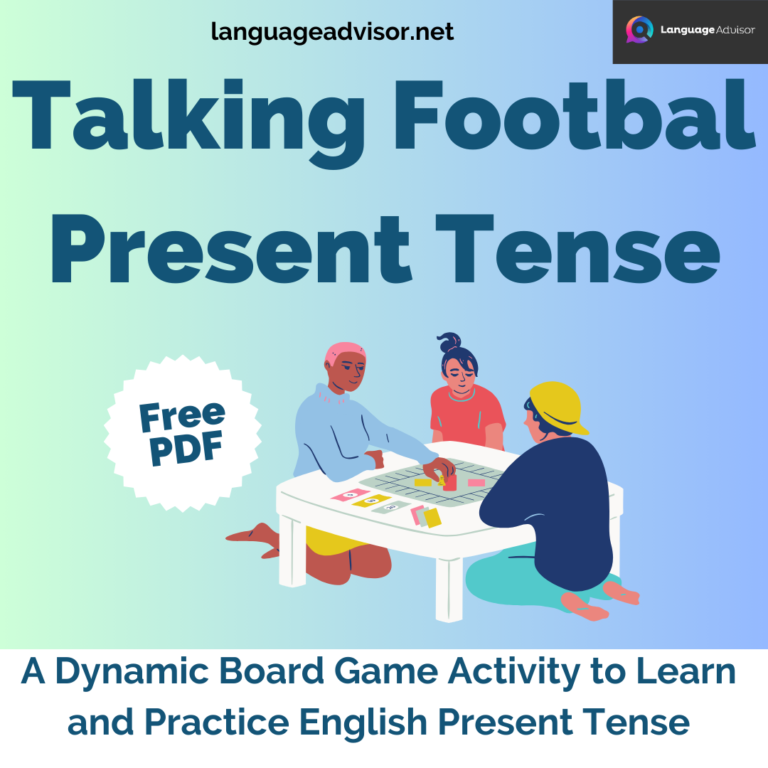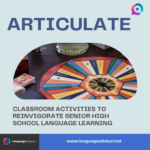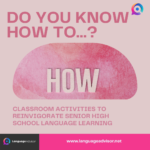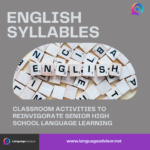THE KING’S FAMILY. Classroom Activities to Reinvigorate Senior High School Language Learning
THE KING’S FAMILY

Classroom Activities to Reinvigorate Senior High School Language Learning
In the dynamic world of senior high school language teaching, keeping students engaged and motivated is often a thrilling challenge. As educators, we understand that the key to successful learning lies in creating an atmosphere where students are not just participants but active enthusiasts. Here are some classroom activities designed to ignite the language classroom, bringing energy, excitement, and enthusiasm to senior high school students. From interactive games to creative exercises, we’ll delve into ways to make language learning an enjoyable and enriching experience.

THE KING’S FAMILY
Target Group: 2nd year
Difficulty Level: Basic Conversation
Activity Objective: To practice “family” vocabulary, to practice reading, speaking and listening, and learn about UK culture
THE KING’S FAMILY – Procedure
The class is divided into groups of 5 or 6 students. Each group consists of 2 writers and 3 or 4 reporters.
The writers have a family tree of King Charles (pictures with a few names) and a blank piece of paper. The writers must not leave the desk.
The reporters must walk around and find the “hints” scattered around the classroom (the hints are on A4 pieces of paper attached to the walls/windows/blackboards/etc).
There are 12 hints. The hints explain the King’s family, for example “King Charles is married to Queen Camilla”. The reporters have to read the hint, memorise it, and tell it to the writer at their desk. The reporters must not write down their hints.
The writers listen to the reporters and attempt to work out who is who in the pictures. They use the blank paper to make a memo if they do not have enough information to write it onto the family tree yet.
The first group to complete the family tree is the winning team.
Materials and Preparation
“Queen’s Family Tree” Template (1 for each group). You can create one with King Charles.
The students use this to write down the family members’ names.
Hints (12 scattered randomly around the classroom walls)
As the students make groups, these hints are to be placed around the classroom (if possible away from the students’ desks).
The reporters read these hints and report the information on them back to their group. The hints can be attached with magnets, sticky tack or tape.
Blank paper for students to write memos (1 for each group)
If the writers are not yet able to work out the hint given by the reporter the writers can write it down on the blank paper (some hints require other hints to be solved first).
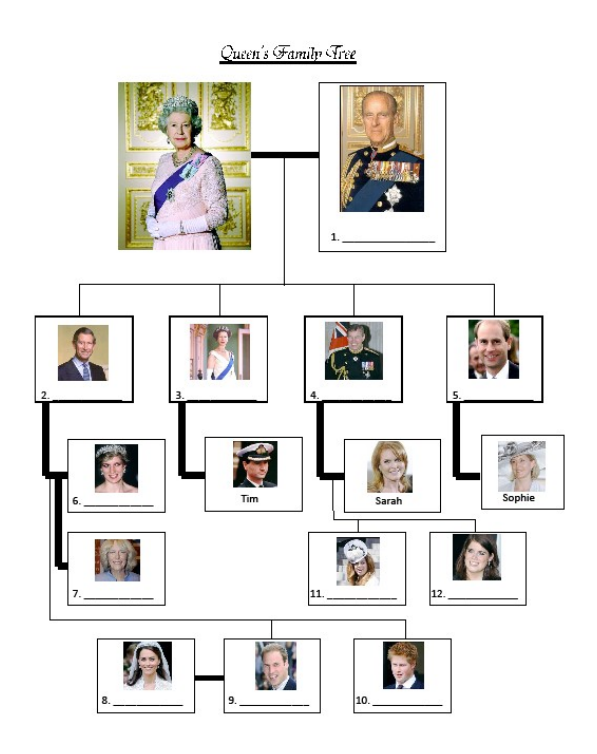
Suggestions and Advice
When explaining the activity in easy English it is advised to use one group as an example. The students can visualise the role of the writers and the reporters more easily.
As this activity aims to use speaking and listening the students should be encouraged to speak English.
Sometimes the students had difficulty in pronouncing the names of the King’s family members.
Often students would write the names in katakana onto the family tree. The students should be asked to write the names in English.
In smaller classrooms, hints may be viewable by the writers from their desks. Writers should be discouraged from looking at the hints. Hints should be placed fairly around the room so no one group has an advantage.

Classroom Activities to Reinvigorate Senior High School Language Learning
As we conclude this exploration of classroom activities to energize the language class for senior high school, we’ve witnessed how a well-crafted lesson plan can transform a mundane classroom into a vibrant hub of learning and creativity. These activities not only boost language skills but also foster a sense of teamwork, critical thinking, and cultural appreciation. By implementing these engaging methods, educators can ensure that their senior high school students are not just fluent in the language, but also passionately engaged in the journey of language acquisition.
So, let’s continue to infuse our classrooms with energy, enthusiasm, and a love for language, empowering our students for a brighter future.

Also check out these articles on teaching, teaching methods and teaching tools






